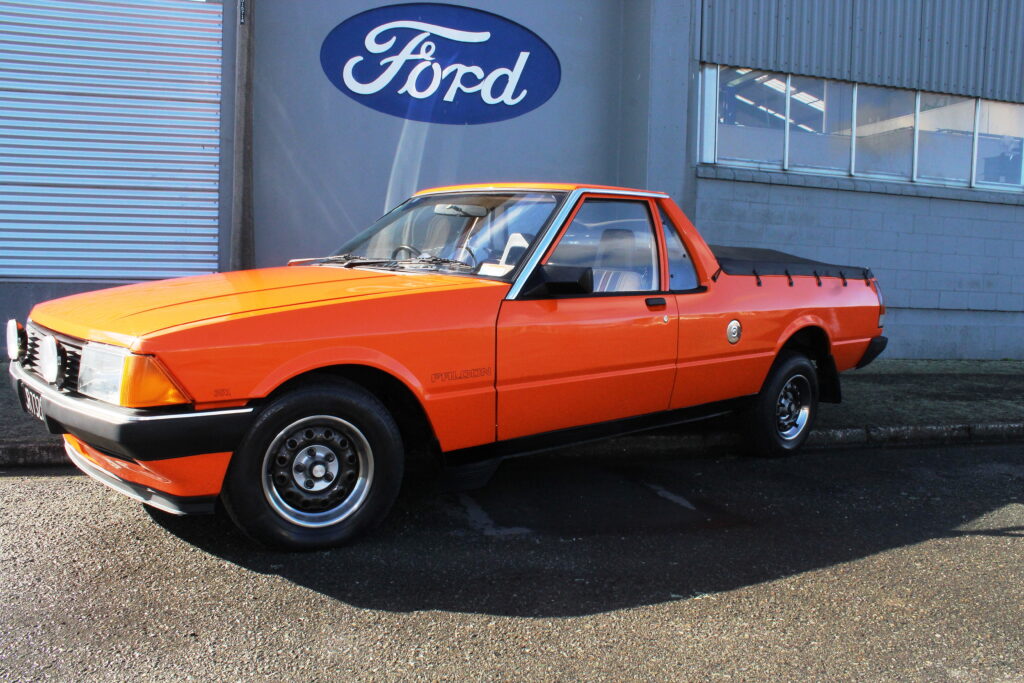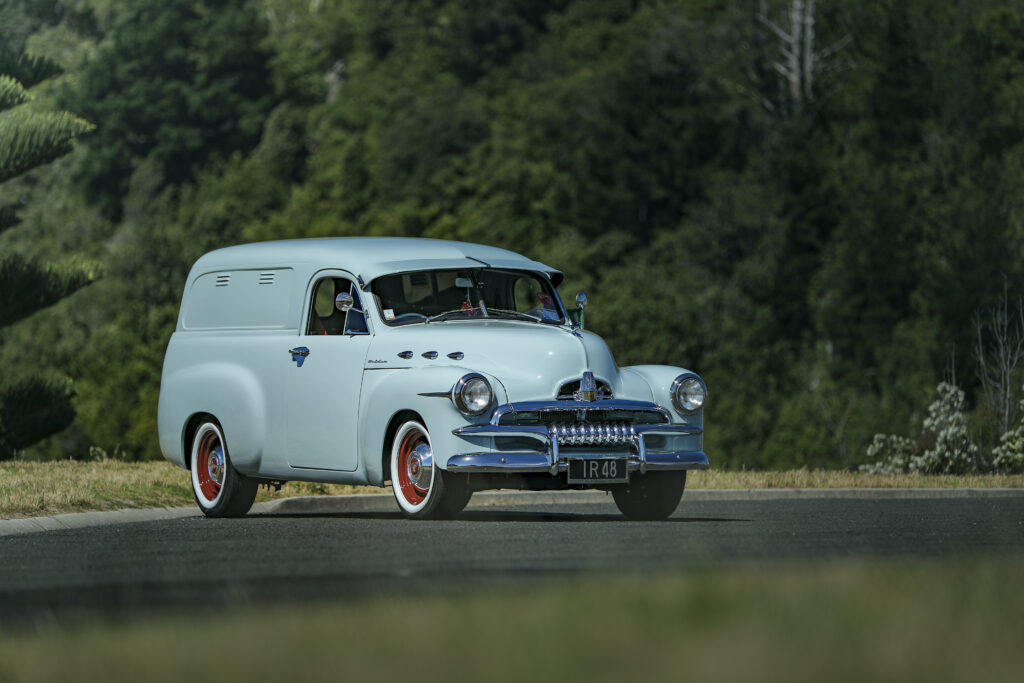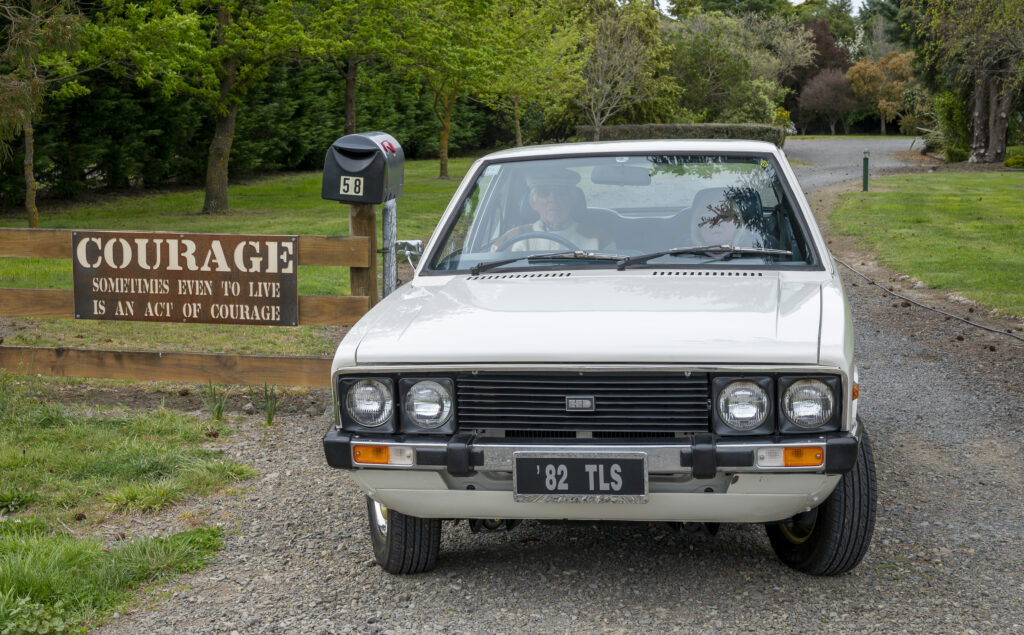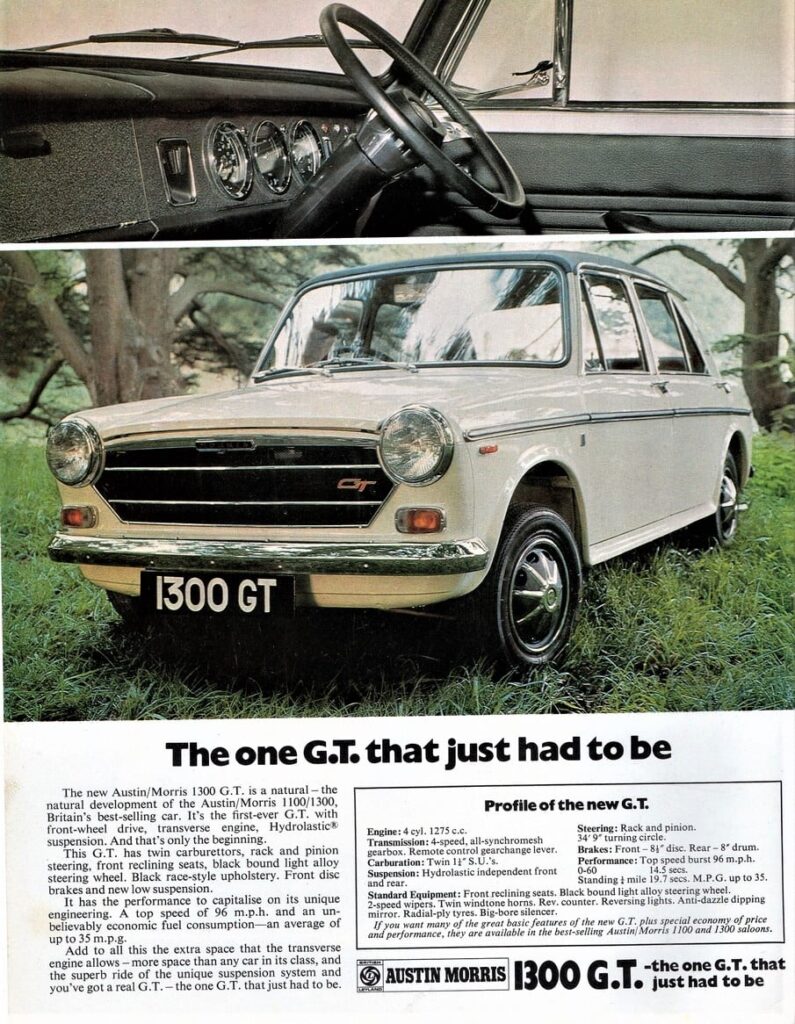
A diamond in the rough
Two years ago, Lew finished a thorough restoration and the impressive ute has taken on a new life and colour. Lew plays down the amount of effort required but, despite his protestations, I suspect he put a lot of time into the project. A few unwanted tenants were evicted along the way.
“It didn’t take me long. There had been mice living in the firewall, which had caused a bit of damage. It apparently broke down and was pushed into a shed. It was 20 years to the day when I pulled it out and it sat in my other shed for 3 years before I started on it. That’s why it’s in such good order — it’s been kept in a shed for so long and still is.”














